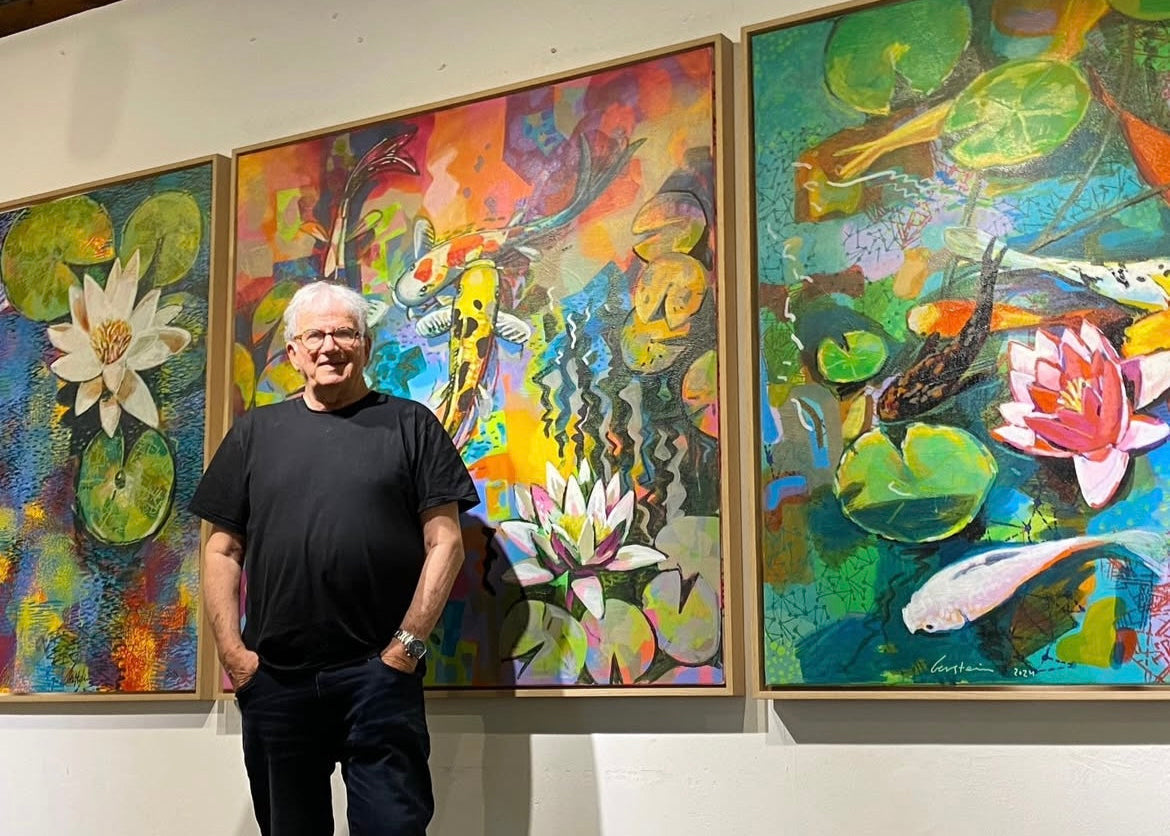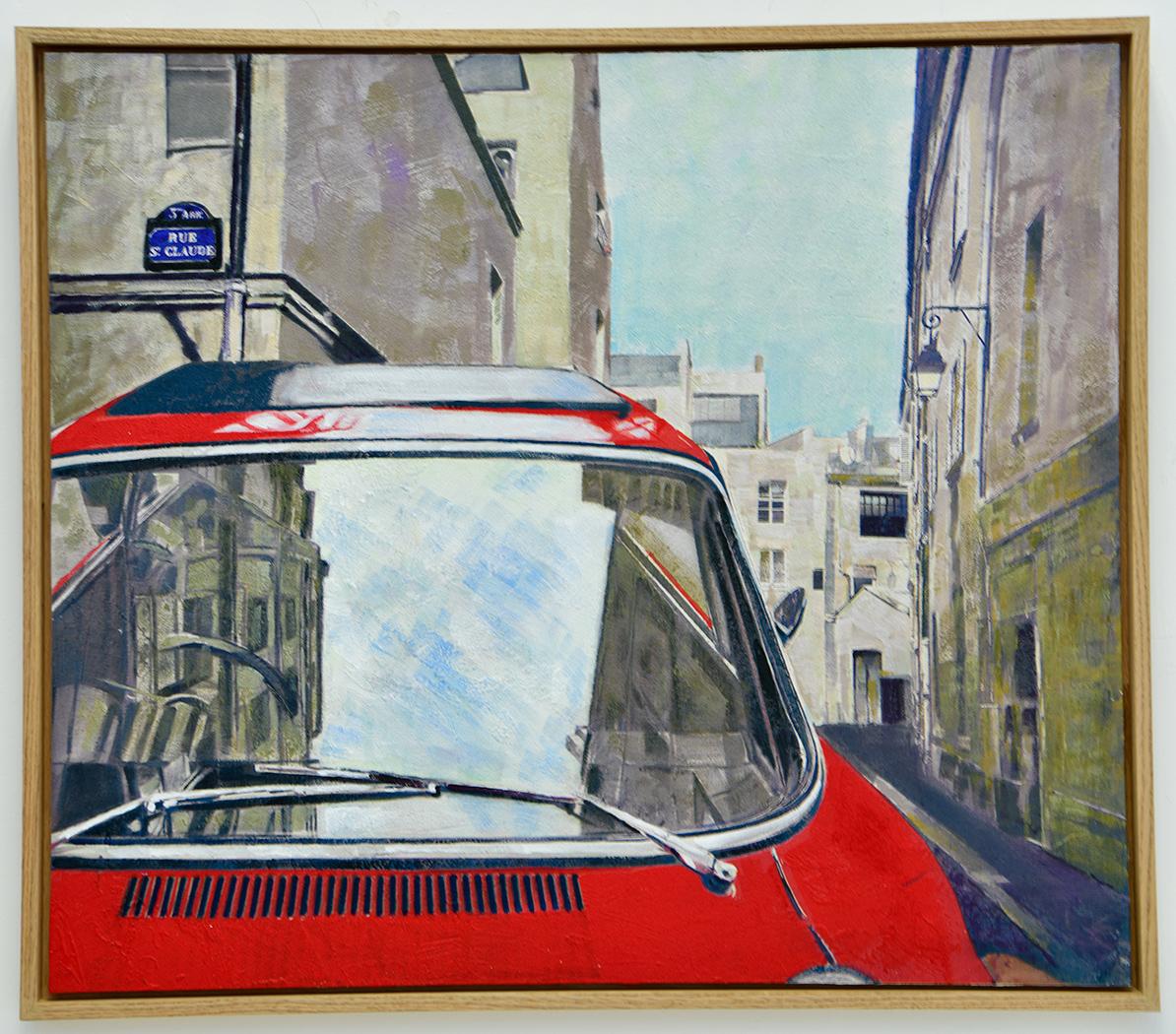It’s impossible to talk about contemporary Israeli art without mentioning David Gerstein. With his colorful sculptures, joyful scenes, and instantly recognizable style, Gerstein has become one of Israel’s most beloved and internationally successful artists. But his impact goes far beyond what hangs on a wall. Over the years, Gerstein has helped shape the identity of Israeli art, bringing it out of the gallery, into public spaces, and the hearts of people all over the world.

A Fresh Approach to Contemporary Israeli Art
While many artists in Israel focused on heavy themes like politics, war, and identity, Gerstein took a different route. He chose to highlight joy. His subjects, cyclists riding in sync, jazz musicians mid-performance, beachgoers enjoying the sun, celebrate life in all its movement and color. This choice didn’t make his work less serious. On the contrary, it challenged the very definition of contemporary Israeli art, showing that optimism, humor, and beauty could be just as powerful.
His tone was never distant or academic. Instead, it felt personal, warm, and accessible. That relatability made his work stand out, especially in the 1980s and 1990s, when Israeli art was still finding its voice on the global stage.
Standing Out on the World Stage
One of the most defining moments in Gerstein’s career came in the early 2000s, when his outdoor sculptures began popping up in major cities around the world. From Seoul to New York, his large-scale public artworks became landmarks. His sculpture Momentum, a 20-meter-high ribbon-like figure installed in Singapore’s central business district, remains one of the tallest public sculptures in Southeast Asia. With that installation, Gerstein didn’t just represent himself, he represented the creative spirit of Israel.
At home, too, he helped redefine the role of the artist. In 2008, his solo exhibition at the Tel Aviv Museum of Art drew thousands of visitors. It proved that contemporary Israeli art could speak to everyone, not just critics or collectors. The exhibition blended his wall sculptures, paintings, and paper art all brimming with vitality. People came away smiling, reminded of the simple beauty in everyday life.

Bringing Art to the People
Perhaps Gerstein’s greatest contribution to contemporary Israeli art is his commitment to accessibility. He refused to let art be something reserved only for the elite. By producing paper variations of his metal art, working in public spaces, and opening a Small Objects Collection, he brought art into homes, schools, and parks. His colorful bicycle riders, butterflies, and windows are now a familiar sight across Israel, decorating everything from private living rooms to urban centers.
In a country where daily life can often feel intense, Gerstein’s work offers a breath of fresh air. He reminds viewers that art doesn’t always have to confront tragedy, it can uplift, connect, and spark joy.
A Lasting Legacy
Today, David Gerstein is considered a trailblazer in contemporary Israeli art. His impact isn’t just measured in exhibitions or awards (though he’s had many). It’s in the way his art has changed how people see the world around them. He’s proven that serious art can be fun. That lightness can be meaningful. And that art made in Israel can resonate globally, without losing its local soul.
Even after decades of work, Gerstein continues to innovate. New sculptures, new formats, and new collaborations keep his practice evolving. Yet his core message remains the same: celebrate life.
David Gerstein didn’t just participate in the rise of contemporary Israeli art, he helped define it. Through color, movement, and an open heart, he turned everyday scenes into moments of magic. His legacy is clear: art that welcomes everyone, speaks every language, and never forgets to smile.





